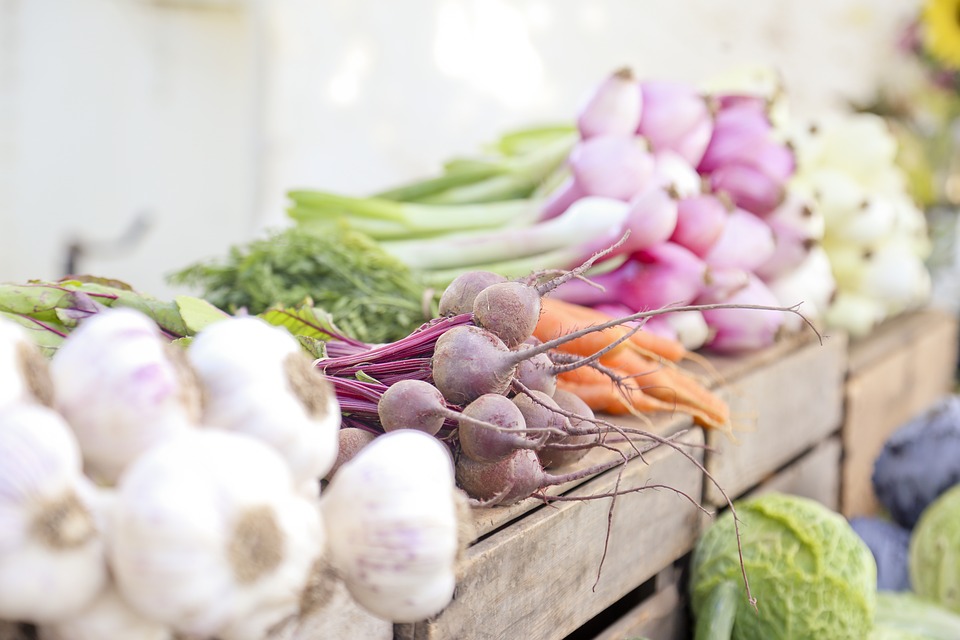
How to Make Your Local Farmers Market a Force for Positive Change
How is Your Local Farmers Market Changing Culture
Muncie, Indiana Blog – The Midwest is notorious for its glorious farmer’s markets where the food is fresh, abundant and tasty. Some would argue that the Midwest is best when it comes to growing good food.
People across the country want to support the local economy and eat a healthier diet; plus they care about sustainability and environmental stewardship, and just simply like the taste of homegrown farm food. Produce is often harvested just prior to being ripe and has shorter transportation times.
So what are some of the other benefits and challenges of a local farmers market?
Food Availability for Lower Income Brackets
There’s still a widely held belief that farmers markets are a place for the upper class to walk around sipping their lattes on a Saturday morning.
For people on SNAP, formerly known as food stamps, “it can feel hard to participate in this part of the economy,” according to the Farmers Market Coalition. But in the last few years, there has been a push to include people of lower income brackets and those on SNAP. The farmers market community is responding, and more every year are accepting SNAP dollars, giving folks a chance to access high-quality food in their towns.
The problem is many feel uncomfortable being there especially if they have never tried to use SNAP at a farmers market, and some don’t have transportation to get there in the first place.
“In larger cities (and even in some small ones) farmers markets have entertainment and fun things to look at even if you don’t spend money,” writes Rachel J. Floyd, an anti-hunger advocate. “If it will make you feel more comfortable, try to commit yourself just to showing up. A farmers market is a public event in public spaces and everyone is welcome to look around and take up space.”
Just make sure before you go that you know which markets accept SNAP. The U.S. Department of Agriculture Food and Nutrition Service may be a good place to find out more about SNAP and farmers markets. You’ll have to contact your local farmers directly to get specific information on what forms of payment they accept.
Transportation & Local Food Challenges
Food that travels less than 100 miles from where it’s grown is considered local or regional. The locavore movement often supports sustainability, good stewardship, and organic farming.
It’s also good for your local economy because buying food from family farmers in your town or city helps support their livelihood. Buying local also means your food isn’t traveling thousands of miles by trucks, trains, and planes, which contributes to global warming and unhealthy air quality.
However, food production may contribute more to greenhouse emissions than food transportation. Columbia University’s Earth Institute states that “food transportation accounts for about 15 percent of greenhouse emissions. Food production, on the other hand, contributes to 83 percent of emissions, including CO2, nitrous oxide, and methane.”
If you really want to contribute to environmental sustainability, you should consider eating locally sourced fish, chicken and vegetables, because producing beef generates 150 percent more greenhouse emissions.
“So you could be eating locally sourced beef and be proud of where it came from, but you would be contributing more to environmental sustainability by eating chicken, fish or vegetables shipped across the country,” according to Chris Clever from Freight Pros. Likewise, eating regional, organic and seasonal foods will lessen your carbon footprint more than a diet consisting entirely of local foods when that diet includes red meat and dairy.”
As you see, where the food is grown, how it’s transported and processed can all influence how it impacts the environment and climate change.
Tips for Vendors on How to Be Successful
In addition to buying the best produce, most people value a clean, safe, and visually appealing vendor’s stand. Vendors want that too because they’re proud to display their products. After all, they work hard to grow the produce. Vendors have to wear the hats of a marketer, accountant, and salesman.
Here are a few tips for successful selling:
- Clearly, show pricing of each item — or someone may just walk away instead of being compelled to ask.
- Consider selling by the bunch (for beets or carrots, for example) instead of by weight. It’s a timesaver for the customer.
- Include a short, conversational description for products people may not be familiar with. It may prompt people to strike up a conversation.
- Accept various forms of payment for customer convenience.
- Create a sign for your farm stand with the name, location and contact information. You want it to be recognizable and establish professionalism and credibility. You may want to include some photos of you working on your farm.
- Use tables and tubs to keep produce off the ground
The economic and social benefits that a farmers market provides to communities will continue to grow. Local food sales grew from $5 billion to $12 billion between 2008 to 2014 and are expected to hit $20 billion by 2019.
Here’s a list of Indiana farmers markets for you to check out. So, grab a friend, bring your kids, pick up some dinner fixings and fresh flowers, and have a down-home time.




